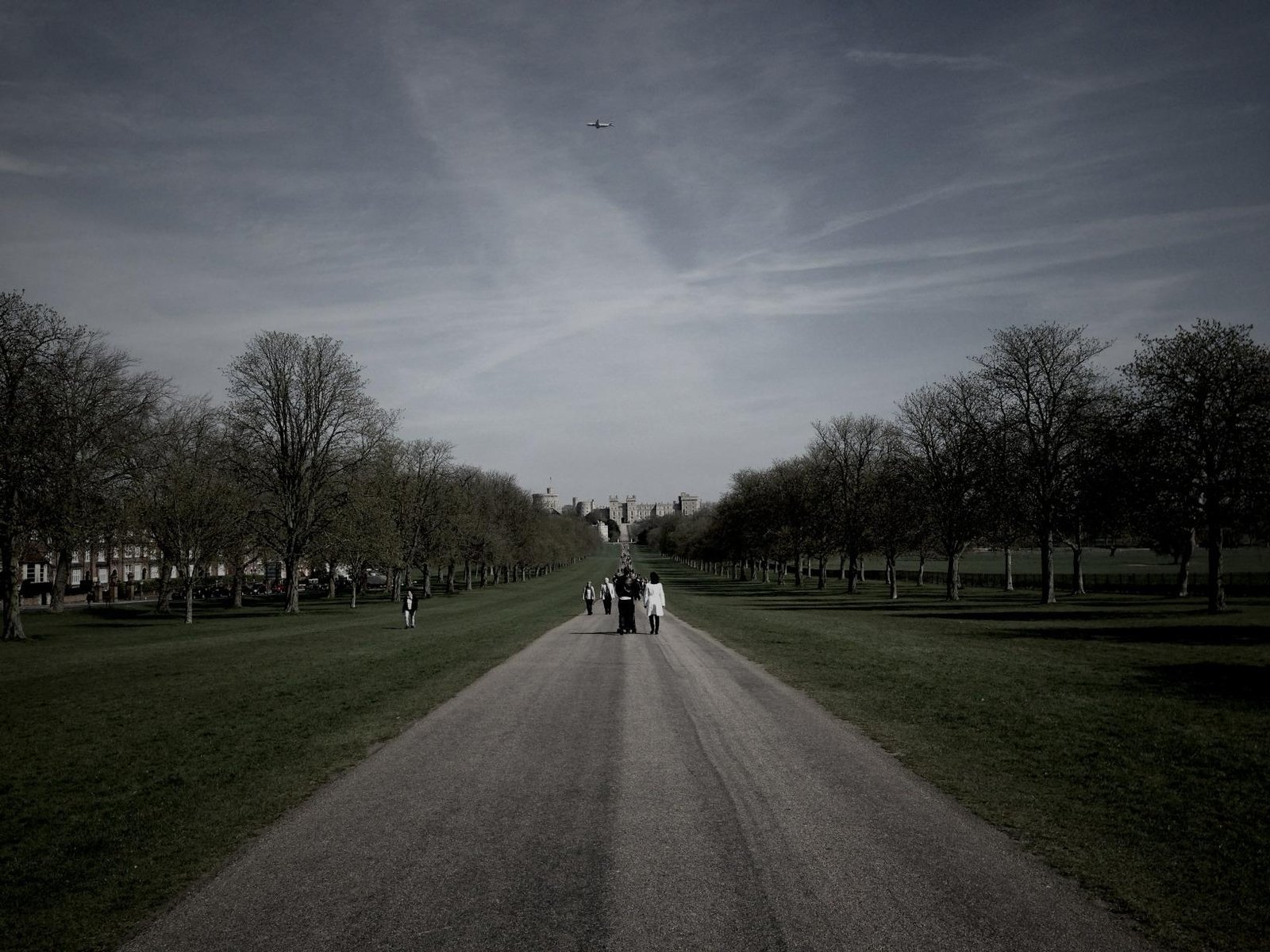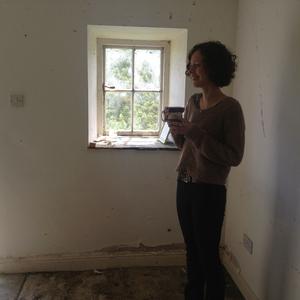
The long walk.
April 21st, 2013, 10am in Windsor, United Kingdom
It really is a long walk. So long. A straight shot out from Windsor castle.
With your back to the castle it goes to the horizon — far off, ending with a statue. My friend told me about it but I forgot of what, exactly, it was about. Anyway, I didn't do the whole walk. Just partway — the first road. That was good enough.
England has a wonderful historical texture to it that delights the likes of us unhistorical Americans. You feel and see the history — here's the crown of a slain Ethiopian king, a boys school started 800 years ago — but it's an odd texture. It's matte. It doesn't have the polish or sheen of a city like Paris. Venice has that particular sheen, a smoothness to a cursory impression of its history. Perhaps romanticism is what I'm referring to. Japan has it in spades — clean and refined (although the reality is — as it always is — dirty and corrupt and morally dubious) — as long as you don't poke too deep.
England has its strange long walks. Made stranger still by paving the road: a fine example of historical homeliness. When you walk the long road you are flanked by pastures and groomed trees. Stately and simple but ... unpolished. It doesn't take much to imagine knights on horseback making their way to the castle on this largely unchanged landscape. But the road is off. Why did they pave it? At least they used a rough concrete (as opposed to something smooth and bright) but still ... There are new ways to make dirt roads these days. "High-tech" dirt roads, a man once told me.
And so I walk this long walk early on a Sunday morning and watch the women and children and fathers, listen to the planes heading to Heathrow (every few minutes, relentless — why the queen puts up with this is surely one of England's greatest mysteries), but I don't walk on the road. I walk just off the edge, on the grass and dirt, and try to feel with my feet what we would have felt so long ago. A bit more texture, something left unchanged.











